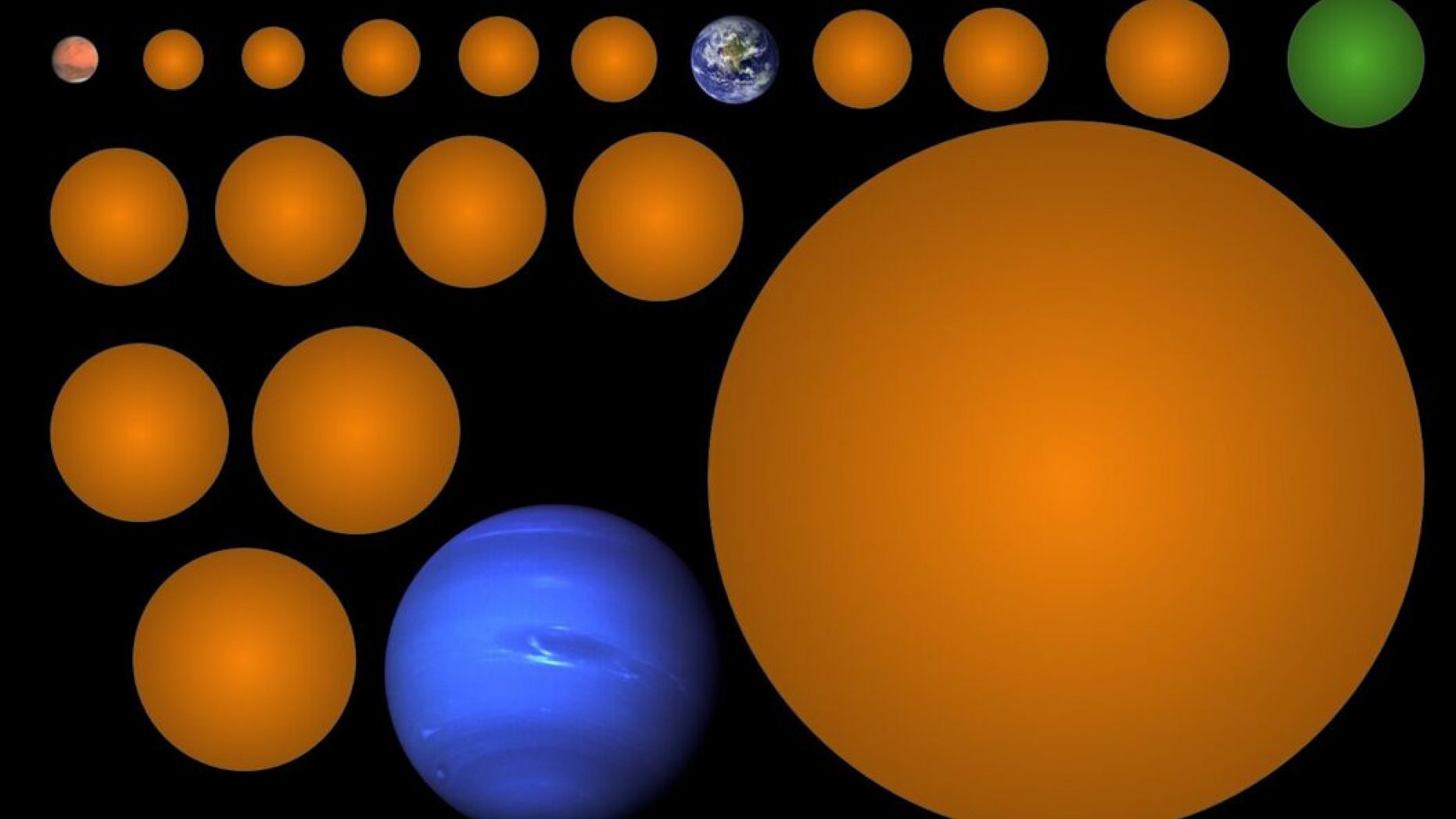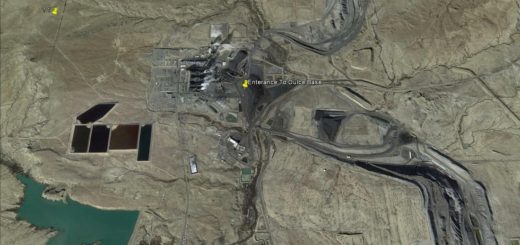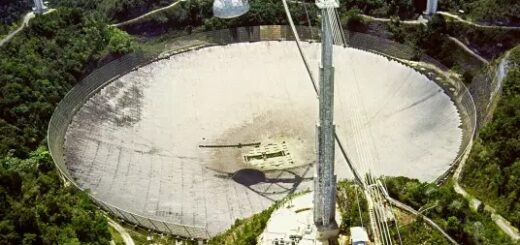Student finds 17 new exoplanets, including one that’s almost the size of Earth

An astronomy student from the University of British Columbia has discovered 17 new exoplanets, including one that is roughly the same size as Earth.
Michelle Kunimoto, a Ph.D. candidate at the university, discovered the planets using NASA’s Kepler Space Telescope, according to research published in The Astronomical Journal. One planet, KIC-7340288 b, is “small enough to be considered rocky,” at just 1.5 times the size of Earth, and is in the habitable zone of the star it orbits.
“This planet is about a thousand light-years away, so we’re not getting there anytime soon!” Kunimoto said in a statement. “But this is a really exciting find, since there have only been 15 small, confirmed planets in the Habitable Zone found in Kepler data so far.”
Sizes of the 17 new planet candidates, compared to Mars, Earth, and Neptune. The planet in green is KIC-7340288 b, a rare rocky planet in the Habitable Zone. (Credit: Michelle Kunimoto)
Sizes of the 17 new planet candidates, compared to Mars, Earth, and Neptune. The planet in green is KIC-7340288 b, a rare rocky planet in the Habitable Zone. (Credit: Michelle Kunimoto)
RECENTLY DISCOVERED EXOPLANET IS ‘POTENTIALLY HABITABLE,’ EXPERTS SAY
A light-year, which measures distance in space, equals 6 trillion miles.
One year on KIC-7340288 b is equivalent to 142.5 days and orbits its star at 0.444 astronomical units (AU), just slightly larger than Mercury’s orbit around the Sun. One AU is approximately 93 million miles.
The remaining 16 planets are believed to be comprised of gas, including the smallest one ever discovered by Kepler, at just two-thirds the size of Earth. The others vary in size, the largest at eight times the size of Earth.
This isn’t the first time Kunimoto has discovered planets. During her undergraduate years, she discovered four other exoplanets; these 17 were uncovered using the “transit method,” which looks at the amount of light given off by a star, she added.
POSSIBLE ‘SUPER-EARTH’ PLANET DISCOVERED NEARLY 4 LIGHT-YEARS AWAY FROM EARTH
“Every time a planet passes in front of a star, it blocks a portion of that star’s light and causes a temporary decrease in the star’s brightness,” Kunimoto explained. “By finding these dips, known as transits, you can start to piece together information about the planet, such as its size and how long it takes to orbit.”
In January, Fox News reported that a 17-year-old intern at NASA during the summer of 2019 was just three days into his internship when he discovered the exoplanet TOI 1338 b, 1,300 light-years from Earth.
More than 4,000 exoplanets have been discovered by NASA in total, approximately 50 of which were believed to be potentially habitable as of September 2018. They have the right size and the right orbit of their star to support surface water and, at least theoretically, to support life.



 Creators of mankind
Creators of mankind Description of “Tall white aliens”
Description of “Tall white aliens” Where they came from?
Where they came from? About hostile civilizations
About hostile civilizations The war for the Earth
The war for the Earth “Tall white aliens” about eternal life
“Tall white aliens” about eternal life Video: “Nordic aliens”
Video: “Nordic aliens” Aliens
Aliens Alien encounters
Alien encounters The aliens base
The aliens base UFO
UFO Technology UFO
Technology UFO Underground civilization
Underground civilization Ancient alien artifacts
Ancient alien artifacts Military and UFO
Military and UFO Mysteries and hypotheses
Mysteries and hypotheses Scientific facts
Scientific facts


















